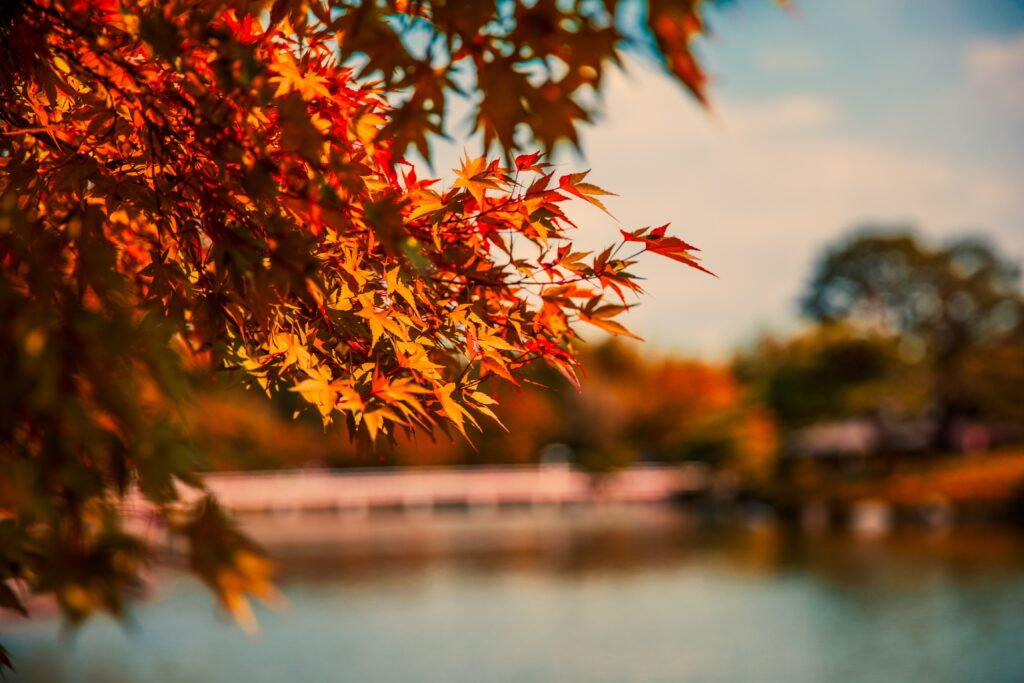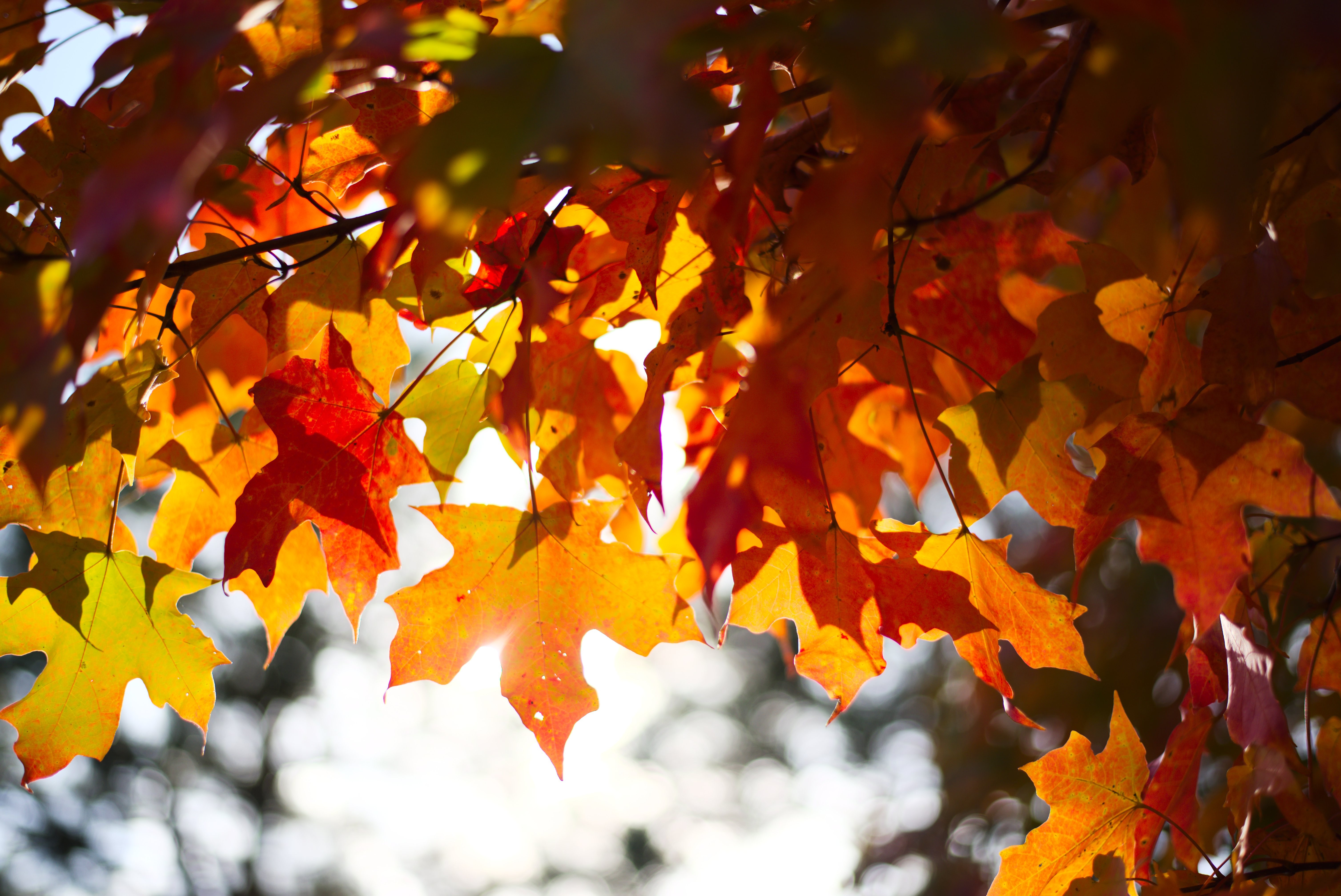Maple trees are renowned for their beauty and the vibrant colors they bring to landscapes during the fall season. But have you ever wondered how long these majestic trees can live? In this guide, we will explore the lifespan of maple trees, factors that influence their longevity, and fascinating insights into their growth patterns.
Whether you’re a nature enthusiast or a homeowner considering planting a maple tree, understanding their lifespan is essential for making informed decisions and appreciating the enduring beauty of these iconic trees.
The Lifespan of Maple Trees
Maple trees, depending on various factors, can live for several decades or even more than a century. On average, most maple species have a life expectancy of 100 years. However, some exceptional specimens have been known to surpass the 200-year mark. The longevity of a maple tree relies on several key elements, including species, environmental conditions, and care.
How Can You Tell the Age of a Maple Tree?
Determining the age of a maple tree is an intriguing endeavor. One of the most common methods used by arborists is tree ring analysis. By carefully examining the cross-section of the tree trunk, experts can count the annual growth rings.
Each ring represents a year of the tree’s life, providing valuable insight into its age. Additionally, factors such as bark texture, trunk diameter, and overall tree size can offer clues about a maple tree’s maturity.
Where Do Maple Trees Live?
Maple trees are widely distributed across the globe, inhabiting diverse regions and climates. They are particularly prevalent in North America, Europe, and Asia.
In North America, maple trees thrive in various regions, from the vast forests of Canada to the northeastern United States. They are adaptable to both temperate and colder climates, displaying their resplendent foliage in autumn.
Can A Dying Maple Tree Be Saved?
Maple trees, like any living organism, can experience decline and exhibit signs of distress. If you notice wilting leaves, sparse foliage, or visible decay in the trunk, it may indicate that a maple tree is in decline. However, depending on the underlying cause, there is still hope to revive a dying maple tree.
Saving a Maple Tree
To salvage a struggling maple tree, it is essential to identify and address the root cause of its decline. Factors such as improper watering, nutrient deficiencies, pests, or diseases can contribute to a tree’s deterioration.
Consulting with a certified arborist can provide valuable guidance on how to save a maple tree. Implementing proper watering techniques, applying appropriate fertilizers, and undertaking necessary pest or disease management can help revive a struggling maple tree.
How Tall Is a 20-Year-Old Maple Tree?
The growth rate of maple trees can vary depending on the species and environmental conditions. On average, a 20-year-old maple tree can reach a height of around 20 to 40 feet.
However, some fast-growing species may surpass this range, while slower-growing varieties might exhibit more modest growth. It’s important to note that tree growth is influenced by factors such as available sunlight, soil quality, and overall health.
How Do You Keep a Maple Tree Healthy?

Maintaining the health of a maple tree requires diligent care and attention. Here are a few essential tips to ensure your maple tree thrives:
- Proper Watering: Provide adequate water to your maple tree, especially during dry periods. A deep watering once or twice a week is generally beneficial.
- Mulching: Apply a layer of organic mulch around the base of the tree, keeping it a few inches away from the trunk. This helps conserve moisture, regulate soil temperature, and inhibit weed growth.
- Pruning: Regularly inspect your maple tree for dead or damaged branches and promptly remove them. Pruning can enhance airflow, reduce disease risk, and promote healthy growth.
- Fertilization: Consider fertilizing your maple tree with a balanced, slow-release fertilizer formulated for trees. Follow the instructions carefully and apply it during the appropriate time of year.
- Pest and Disease Management: Keep an eye out for common maple tree pests and diseases, such as aphids, scale insects, or fungal infections. Consult with an arborist for proper identification and treatment options if needed.
Can You Grow Maple Trees Inside?
While maple trees are typically outdoor specimens, it is possible to grow certain varieties indoors under specific conditions. Small maple cultivars, such as Japanese maple trees, can thrive in containers and make stunning additions to indoor spaces.
However, indoor maple trees require ample sunlight, proper watering, and adequate space for their root systems to develop. It’s crucial to research the specific care requirements of the chosen maple variety and provide suitable conditions for their growth.
Tips for Ensuring Your Maple Tree Thrives
To unlock the full potential of your maple tree, consider the following tips:
- Site Selection: Choose an appropriate location for planting your maple tree, considering factors such as sunlight exposure, soil quality, and available space for the tree to grow.
- Soil Preparation: Prepare the soil by incorporating organic matter and ensuring proper drainage. Well-draining soil enriched with organic compost can provide an optimal growing environment for your maple tree.
- Regular Monitoring: Keep a close eye on your maple tree’s health and address any issues promptly. Regularly inspect for signs of pests, diseases, or nutrient deficiencies.
- Seasonal Maintenance: Prune your maple tree during the dormant season to shape its structure, remove dead branches, and improve overall health. Follow proper pruning techniques to avoid damaging the tree.
- Professional Assistance: When in doubt or faced with complex issues, seek guidance from a certified arborist or tree care professional. Their expertise can provide valuable insights and ensure the well-being of your maple tree.
Maple trees possess remarkable longevity, with some species living well over a century. By understanding their life expectancy, providing proper care, and taking necessary steps to address any challenges, you can enjoy the beauty and grandeur of maple trees for generations to come. So, go ahead and embrace the timeless allure of these magnificent arboreal wonders.

